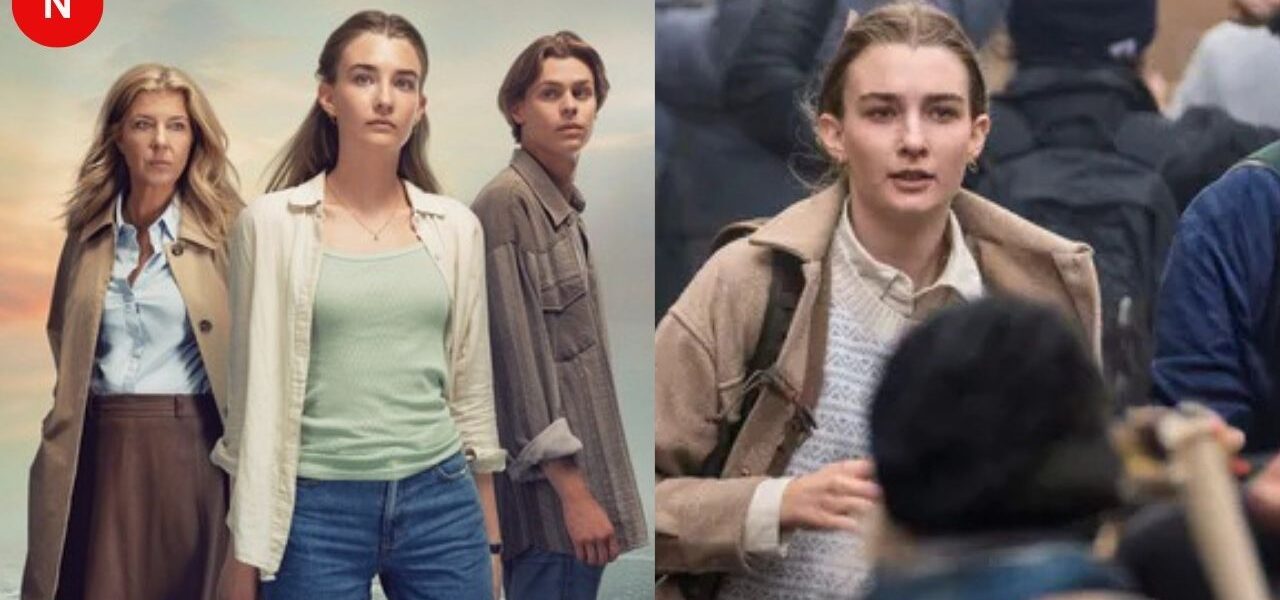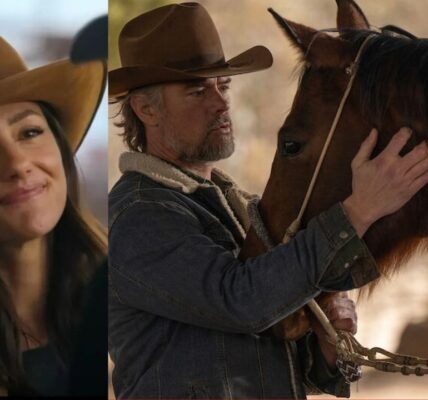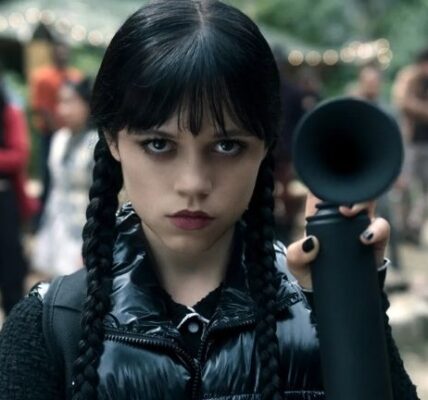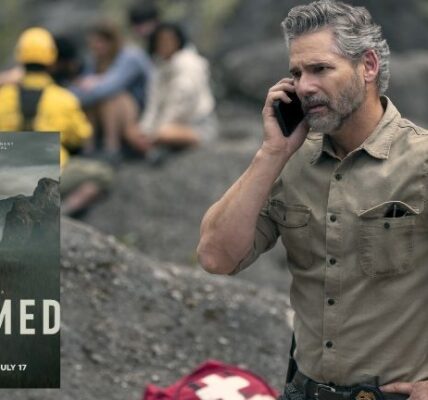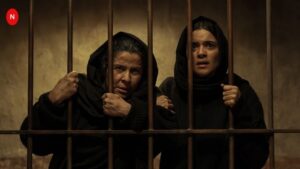‘Families Like Ours’ Review
After navigating the global upheaval caused by the COVID-19 pandemic and observing the accelerating climate crisis, acclaimed Danish filmmaker Thomas Vinterberg found himself drawn to one haunting question: What happens when those who have always had the privilege of safety and stability suddenly become the ones forced to flee?
This reflection became the seed for Families Like Ours, a deeply human, slow-burning drama that envisions a Denmark in the near future—one where rising sea levels force the nation to evacuate its population and abandon the country entirely. The show doesn’t lean on disaster tropes or special effects. Instead, it examines the quiet unraveling of national identity, personal relationships, and emotional stability in the face of systemic collapse.
“Danes have often seen themselves as helpers, not evacuees,” Vinterberg noted in interviews. “But what if that changes? What do we become when the roles reverse?”
Co-written with longtime collaborator Bo Hr. Hansen, the series deliberately avoids the flashy, high-stakes style often associated with climate fiction. There are no crumbling cities or frantic action sequences here—instead, the show unfolds slowly, mirroring the creeping pace of real-world climate migration.
The writing explores four central themes:
Climate change as emotional erosion: Instead of explosions or floods, it’s the slow disintegration of normal life that creates tension.
Displacement through a bureaucratic lens: Evacuation happens through formal letters, interviews, and waiting rooms—not panic or chaos.
Loss of status and identity: Families who once had security, power, or pride are now reduced to numbers in a relocation system.
The strength—and fragility—of human bonds: When society strips everything else away, what remains?
Production Style: Realism Over Spectacle
Vinterberg chose to shoot primarily on location in coastal areas, neighborhoods, and everyday settings across Denmark—places that might realistically be affected by sea-level rise. CGI is used sparingly; the visual focus is on the eerily normal, not the catastrophic.
The show’s aesthetic leans into:
Natural light and handheld camerawork for an almost documentary feel
Muted tones and minimal editing, reflecting the subdued emotional atmosphere
A cinematic rhythm that echoes Dogme 95’s realism, a filmmaking movement Vinterberg co-founded
This stripped-down visual language enhances the show’s emotional punch, highlighting the tension in quiet conversations and routine displacements.
A Cross-Section of Denmark
Casting was a critical part of Vinterberg’s vision. The ensemble includes both emerging talent and some of Denmark’s most seasoned performers:
Amaryllis August makes a memorable debut as Laura, a teenager coming of age just as her homeland begins to dissolve around her.
Nikolaj Lie Kaas, a frequent Vinterberg collaborator, plays her father—an architect trying to rationalize the collapse of everything he once understood.
Paprika Steen and Esben Smed portray characters from different social spheres, adding richness to the show’s portrayal of a nation in flux.
The casting represents a broad swath of Danish society, from well-off professionals to immigrants and blue-collar workers, each with different experiences of displacement.
Vinterberg’s Intentions
After international success with Another Round, Vinterberg returned to television wanting to explore something philosophically larger but narratively smaller. The stakes in Families Like Ours aren’t global in a cinematic sense—they’re personal, intimate, and existential.
He has said of the project:
“This isn’t a story about rising waters. It’s about how we change—who we become—when the ground beneath us, literally and metaphorically, disappears.”
In an age where climate catastrophe is often imagined as instant and explosive, Families Like Ours dares to ask what happens when the end comes not with a bang, but with a quiet, polite letter telling you to leave your home.
Read More:-
‘Our Times’ Netflix Review: A Time-Travel Romance with a Feminist Twist
What’s Coming to Netflix in June 2025: Movies, TV, Original Series
Netflix hosts Tudum event, featuring new shows and movies
